
Wall Mounting EV Charge Station
Understanding Ev Chargers: The Future of Sustainable Energy for Your Electric Vehicle
As the world increasingly moves towards sustainable energy solutions, understanding EV chargers becomes essential for electric vehicle owners. The proliferation of electric vehicles (EVs) on the roads highlights the urgent need for efficient and accessible charging infrastructure.
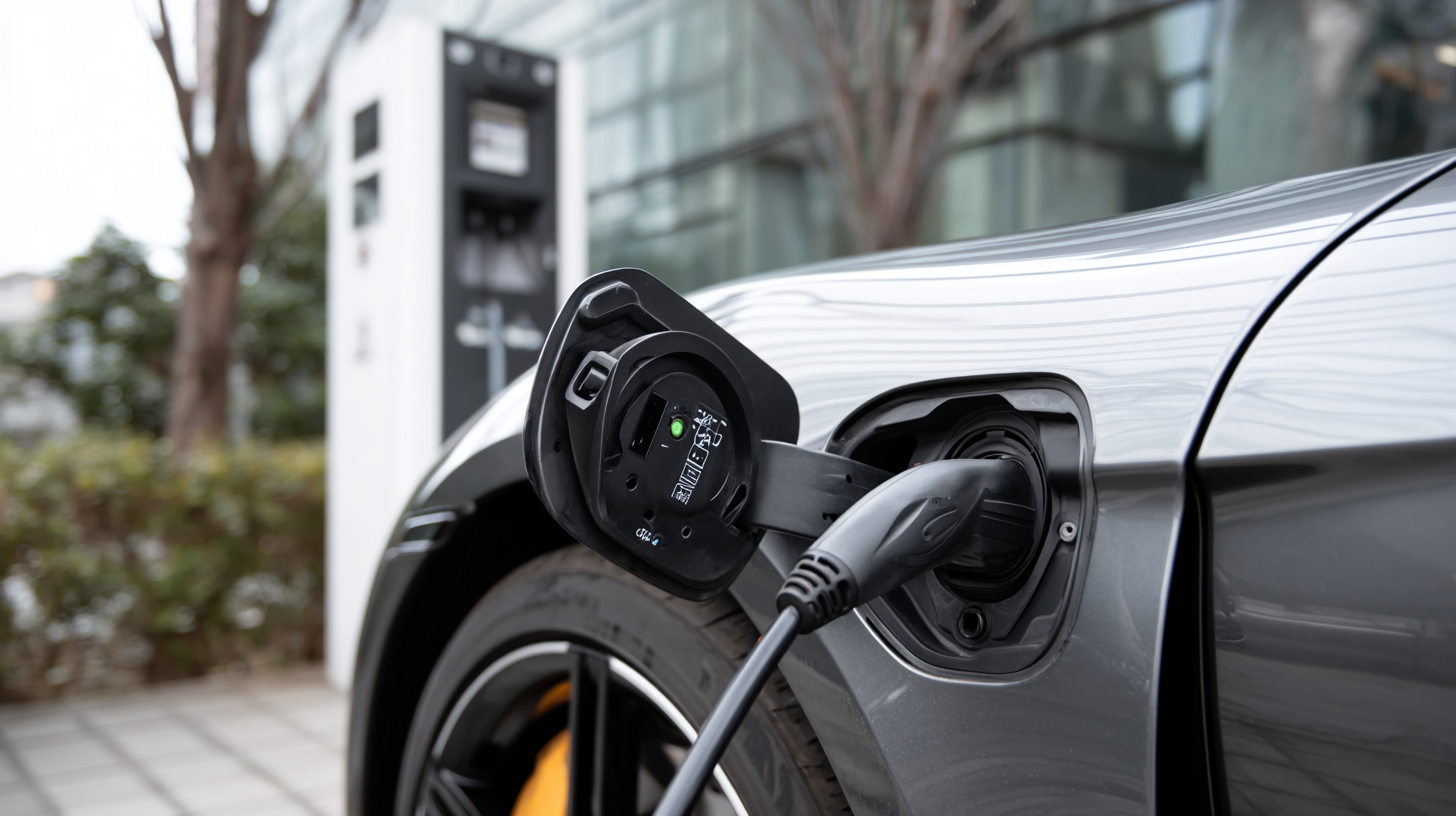
EV chargers are at the forefront of this transformation, offering a reliable means to power these eco-friendly vehicles while reducing our carbon footprint. In this guide, we will explore the different types of EV chargers available, their unique features, and the factors to consider when choosing the right one for your needs.
By grasping the fundamentals of EV chargers, you can make informed decisions that not only enhance your driving experience but also contribute to a greener future. Join us as we delve into the various options and innovations that are shaping the future of sustainable energy for electric vehicles.
The Role of EV Chargers in Promoting Sustainable Transportation Solutions
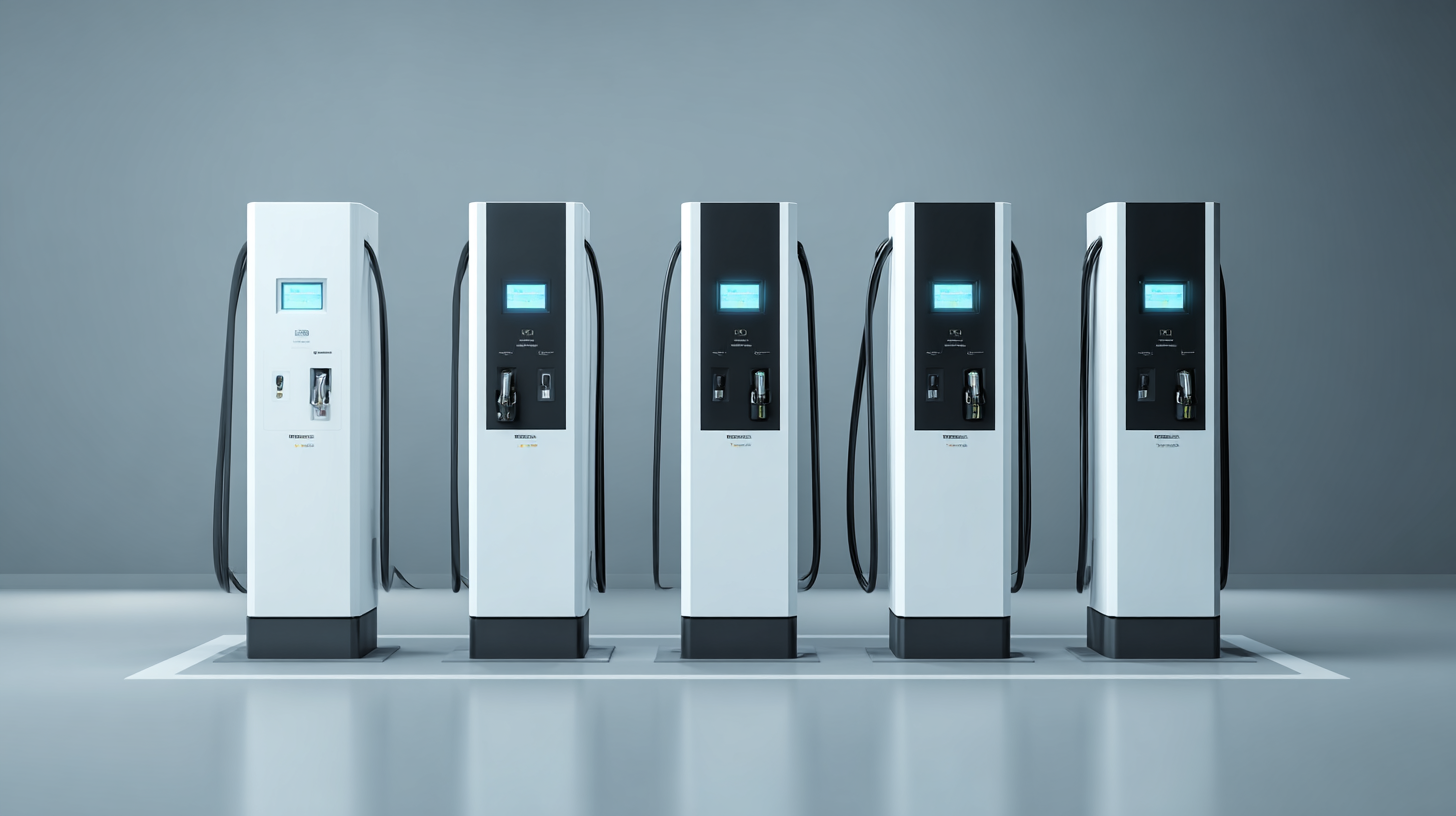 Electric vehicle (EV) chargers are crucial to advancing sustainable transportation solutions. As the demand for electric vehicles increases, so does the necessity for an extensive and accessible charging infrastructure. These chargers not only facilitate the recharging of EVs but also promote a shift away from fossil fuel dependency. The availability of charging stations encourages more drivers to transition to electric vehicles, significantly reducing greenhouse gas emissions and contributing to cleaner air in urban areas.
Electric vehicle (EV) chargers are crucial to advancing sustainable transportation solutions. As the demand for electric vehicles increases, so does the necessity for an extensive and accessible charging infrastructure. These chargers not only facilitate the recharging of EVs but also promote a shift away from fossil fuel dependency. The availability of charging stations encourages more drivers to transition to electric vehicles, significantly reducing greenhouse gas emissions and contributing to cleaner air in urban areas.
Moreover, the integration of renewable energy sources into EV charging systems amplifies their sustainability. By utilizing solar, wind, or other renewable energy for charging, we can further decrease the carbon footprint associated with vehicle use. Smart charging technologies can optimize energy usage, allowing EVs to draw power during off-peak hours when energy is less expensive and more sustainable. The development of EV chargers not only supports individual vehicle owners but also fosters a broader movement towards sustainable urban living, making electric mobility a key component of future transportation planning.
Understanding Different Types of EV Chargers and Their Benefits
Electric vehicle (EV) chargers come in various types, each designed to meet different charging needs and environments. The most common types are Level 1, Level 2, and DC fast chargers. Level 1 chargers utilize a standard household outlet, providing a slow charging option suitable for overnight use. This type is ideal for those who typically drive short distances and can afford to charge their vehicles at home without urgency.
Level 2 chargers offer a significant boost in charging speed, making them perfect for home installations or public charging stations. They can fully charge an EV in a few hours, making them popular for both residential and commercial applications. On the other hand, DC fast chargers are engineered for rapid charging and are usually found along highways for long-distance travel. They can charge an electric vehicle to about 80% in as little as 30 minutes, catering to the needs of drivers on the go. Each charger type has its unique advantages, contributing to a more sustainable future for electric vehicles by providing flexibility and convenience to users.
Understanding Ev Chargers: The Future of Sustainable Energy for Your Electric Vehicle
| Charger Type | Power Output (kW) | Charging Time (hours) | Installation Location | Benefits |
|---|---|---|---|---|
| Level 1 Charger | 1.2 kW | 8-12 hours | Home | Low cost, easy installation |
| Level 2 Charger | 3.7 - 22 kW | 4-8 hours | Home, public charging stations | Faster charging, versatile installations |
| DC Fast Charger | 50 - 350 kW | 0.5 - 2 hours | Highway rest areas, commercial centers | Ultra-fast charging, extensive range |
| Wireless Charger | Up to 11 kW | Varies | Home, parking lots | Convenient, no plug-in required |
Infrastructure Challenges in Expanding Electric Vehicle Charging Networks
The expansion of electric vehicle (EV) charging networks faces significant infrastructure challenges that must be addressed to foster widespread adoption of sustainable energy. One primary issue is the uneven distribution of charging stations, particularly in rural areas where access is limited. This disparity creates a barrier for potential EV owners who may fear being stranded without adequate charging options. Developing a comprehensive strategy to install charging stations in underserved regions is essential to build consumer confidence and ensure equitable access.
Moreover, the existing power grid infrastructure often lacks the capacity to support a rapid influx of EVs. As more individuals transition to electric vehicles, the demand for electricity will surge, requiring upgrades to the grid to accommodate this growth. Utilities must collaborate with government entities and private stakeholders to modernize the grid, integrating smart technology that can manage increased loads and optimize energy distribution. Addressing these infrastructure challenges is critical to creating a robust and sustainable EV charging ecosystem, paving the way for a greener future.
The Economic Impact of Widespread EV Charger Adoption on Energy Markets
The widespread adoption of electric vehicle (EV) chargers is poised to transform energy markets significantly. A recent study highlights that the integration of advanced EV charging infrastructure is crucial for meeting the rising demand due to the rapid global shift towards electric mobility. As urban areas implement coordinated charging solutions, including vehicle-to-grid (V2G) systems, they can optimize energy distribution and reduce grid stress during peak consumption times. This shift can lead to substantial economic benefits, including the reduction of energy costs and the creation of new job opportunities in the clean energy sector.
Tips: To maximize the economic impact of EV charger adoption, municipalities should evaluate community parking lots for coordinated charging implementation. Collaborating with local energy providers can also enhance the flexibility of charging systems, creating a win-win for both EV owners and the energy grid.
Moreover, the policy implications surrounding EV infrastructure cannot be overlooked. Research indicates that effective standardization of charging stations can streamline user experience and encourage more consumers to transition to electric vehicles. Countries like Nepal demonstrate that leveraging indigenous renewable energy sources while implementing strategic policies can significantly accelerate EV adoption and reduce dependency on fossil fuels. This synergy between EV infrastructure investment and sustainable energy aims to drive both economic growth and environmental sustainability.
Understanding EV Chargers: Economic Impact on Energy Markets
This chart displays the projected growth in the number of EV chargers globally from 2020 to 2025. The increasing adoption of electric vehicles is expected to significantly impact energy markets by enhancing the demand for sustainable energy resources.
Future Technologies Shaping the Development of Electric Vehicle Charging Systems
The development of electric vehicle (EV) charging systems is rapidly evolving, driven by innovations that enhance efficiency and accessibility. According to a report by BloombergNEF, the global EV charging infrastructure market is expected to reach $58 billion by 2027. This surge is propelled by advancements in technologies such as ultra-fast charging, which can deliver up to 200 miles of range in just 10 minutes. As cities and organizations invest in this infrastructure, the reliability and availability of EV chargers will improve, making electric vehicle ownership increasingly attractive.
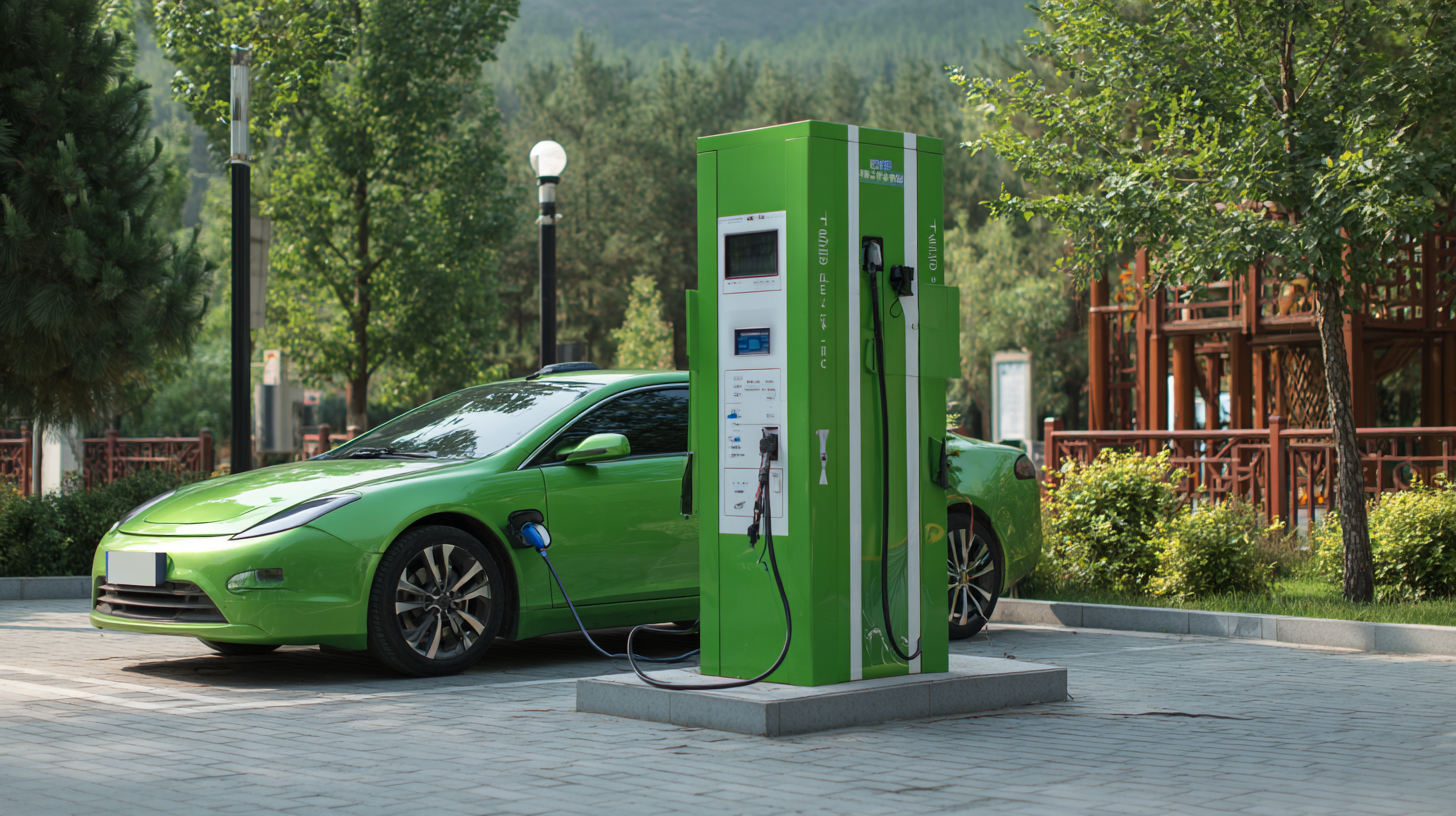
In addition to ultra-fast charging, wireless charging technology is emerging as a game-changer for the industry. Research from the Institute of Electrical and Electronics Engineers (IEEE) indicates that wireless charging could reduce the need for plug-in infrastructure and facilitate seamless energy transfer in parking lots and along highways. This tech is not only user-friendly but can also be integrated with renewable energy sources, ensuring that more EVs are charged with clean energy.
Tips: To maximize efficiency, consider installing a home charging station that supports the latest charging standards and is compatible with your EV model. Also, stay informed about potential government incentives for EV infrastructure improvements in your area, which can further enhance sustainable practices in your community.
Related Posts
-
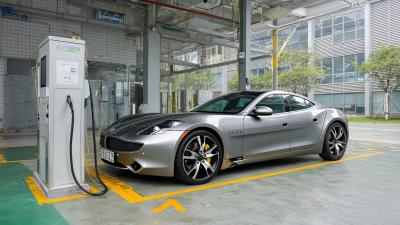
2025 Trends Revealed 7 Key Innovations in Best Ev Charger Technology
-

Innovative Trends in Home Ev Charger Technology at the 138th China Import and Export Fair 2025
-

Exploring the Future of EV Recharge Stations at the 138th Canton Fair 2025 in China
-

Innovative Approaches for Efficient Home Wall Ev Charge Station Installation
-

Embracing Innovation: The Future of EV Charger Stations for Sustainable Transportation
-
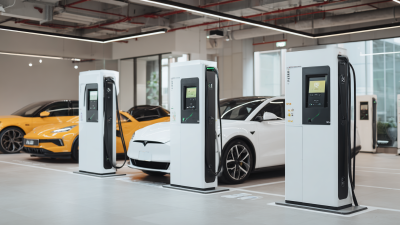
How to Select the Best Ev Recharge Stations for Your Business Needs

